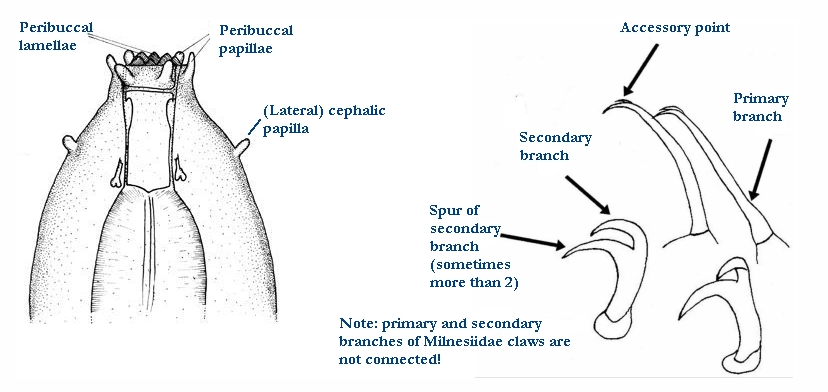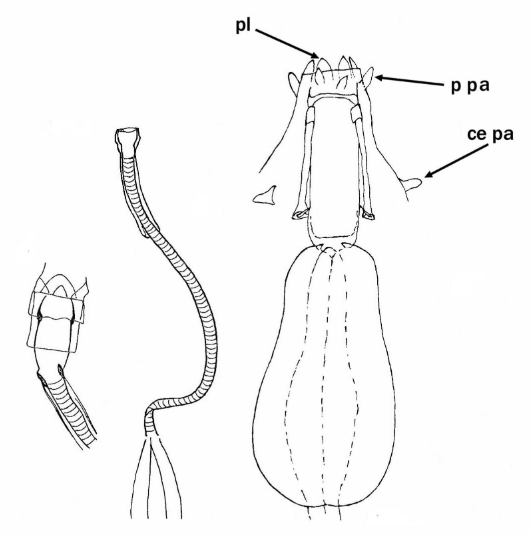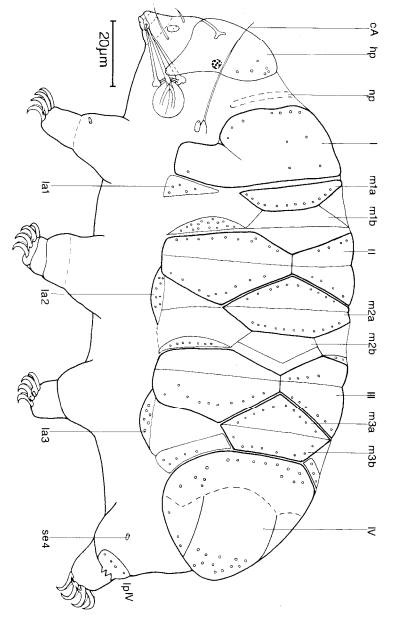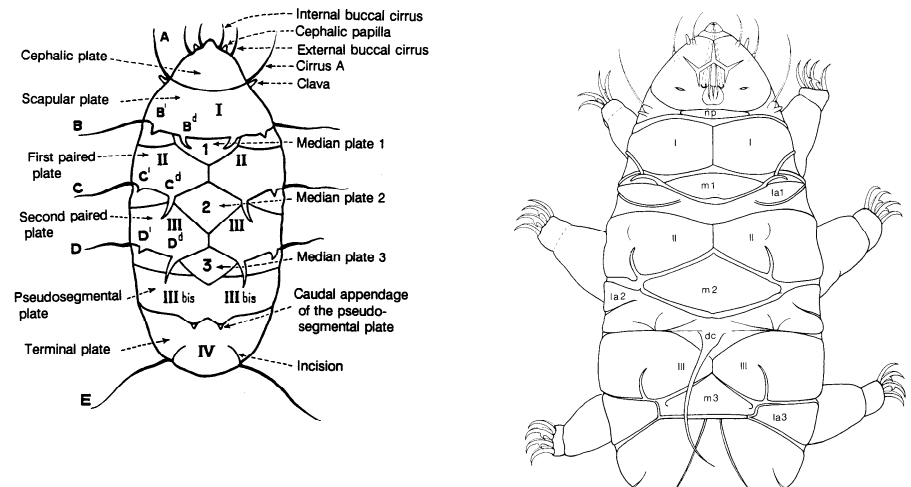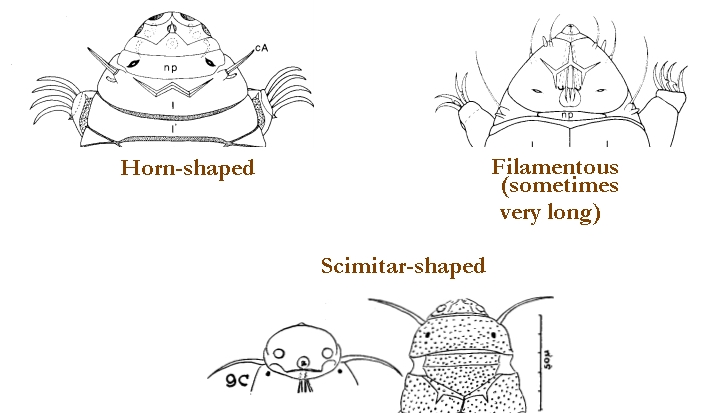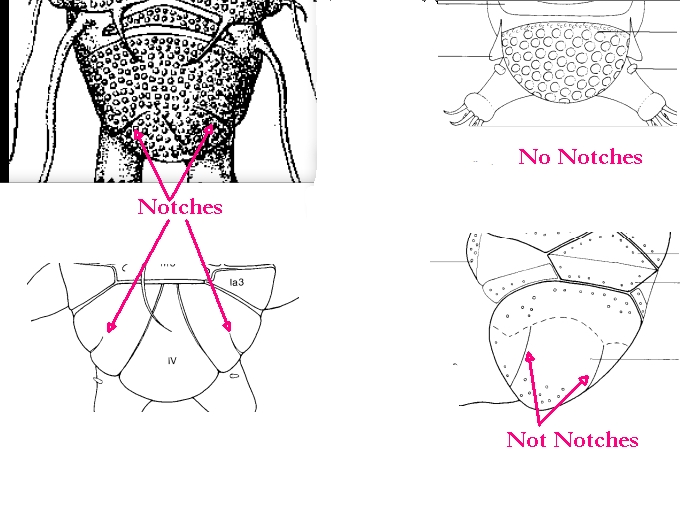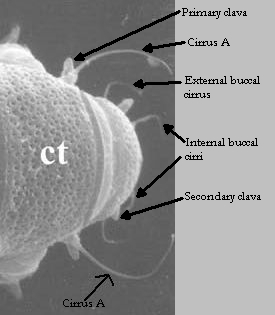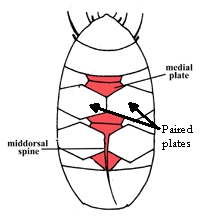Genus
The Most Well-known Genera of Tardigrades
One of the most well-known genera of tardigrades is the genus Hypsibius, which is part of the family Hypsibiidae.
This genus includes over 100 species of tardigrades that are found in a variety of environments, including soil, moss, and lichens.
Ramazzottius
Another important genus of tardigrades is the genus Ramazzottius, which is part of the family Macrobiotidae. This genus includes over 50 species of tardigrades that are found in aquatic environments such as freshwater and marine habitats.
Ramazzottius tardigrades are characterized by their robust body shape and are known for their ability to survive in high-pressure environments, such as the deep sea.
Echiniscus
The genus Echiniscus is another important group of tardigrades, which is part of the family Echiniscidae. This genus includes over 150 species of tardigrades that are found in mosses and lichens, as well as soil and aquatic environments.
Echiniscus tardigrades are characterized by their round, smooth body shape and are known for their ability to survive in extreme conditions such as space.
Milnesium
The genus Milnesium is another group of tardigrades that is of scientific interest, which is part of the family Milnesiidae. This genus includes over 40 species of tardigrades that are found in a variety of environments, including soil, moss, and lichens.
Milnesium tardigrades are characterized by their robust body shape and are known for their ability to survive in desiccated conditions for extended periods of time.
Overall, the different genera of tardigrades demonstrate a remarkable range of adaptability and resilience, allowing them to thrive in a variety of environments and survive under extreme conditions.
Scientists continue to study these fascinating animals to better understand the mechanisms behind their incredible survival abilities, which could have important implications for areas such as medicine, space exploration, and environmental conservation.




